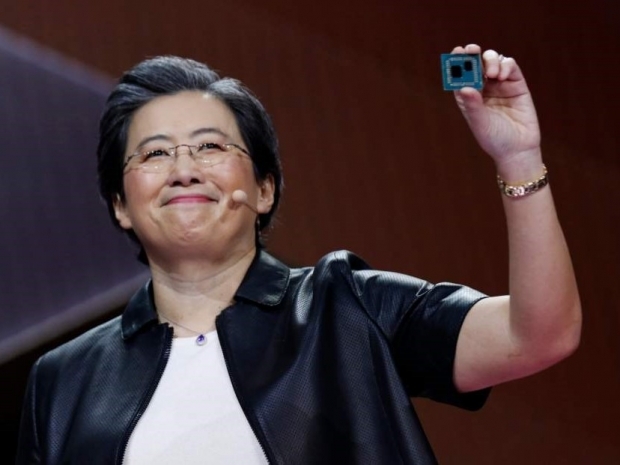AMD chief executive Lisa Su said that GPUs are currently the architecture of choice for large language models because they’re very efficient for parallel processing and give you just a little bit of programmability.
“Do I believe that that will be the architecture of choice in five-plus years? I think it will change.”
What Su expects in five or seven years isn’t a shift away from GPUs, but rather a broadening beyond GPUs.
Large cloud providers like Amazon.com and Google have developed custom AI chips for internal use, such as Amazon’s AWS Trainium, AWS Inferentia, and Google’s tensor processing units, or TPUs. These are built to execute only specific functions: Trainium can only train models, for example, while Inferentia can only run inference, a less intensive process than training in which models process new information and respond.
Broadcom CEO Hock Tan said in an internal address this year that his company’s custom chip division, which mainly helped Google make AI chips, was bringing in over $1 billion in operating profit a quarter.
Shifting to custom chips has advantages. They can be more energy efficient, cheaper and smaller because they can be hard-wired to a given degree: they can perform one specific function, run one specific type of model or even one specific model.
However, the market for super-custom, application-specific chips is far into the future but the fact that it is being talked about at this point is a sign of how much thought is going into AI’s future.
Su said that there is also no one-size-fits-all when it comes to computing.
“AI models in the future will use a combination of different types of chips, including today’s dominant GPUs and also more specialized chips still to be developed, for various functions. There will be other architectures,” she said. “It’s just that it’ll depend on the evolution of the models,” she said.

